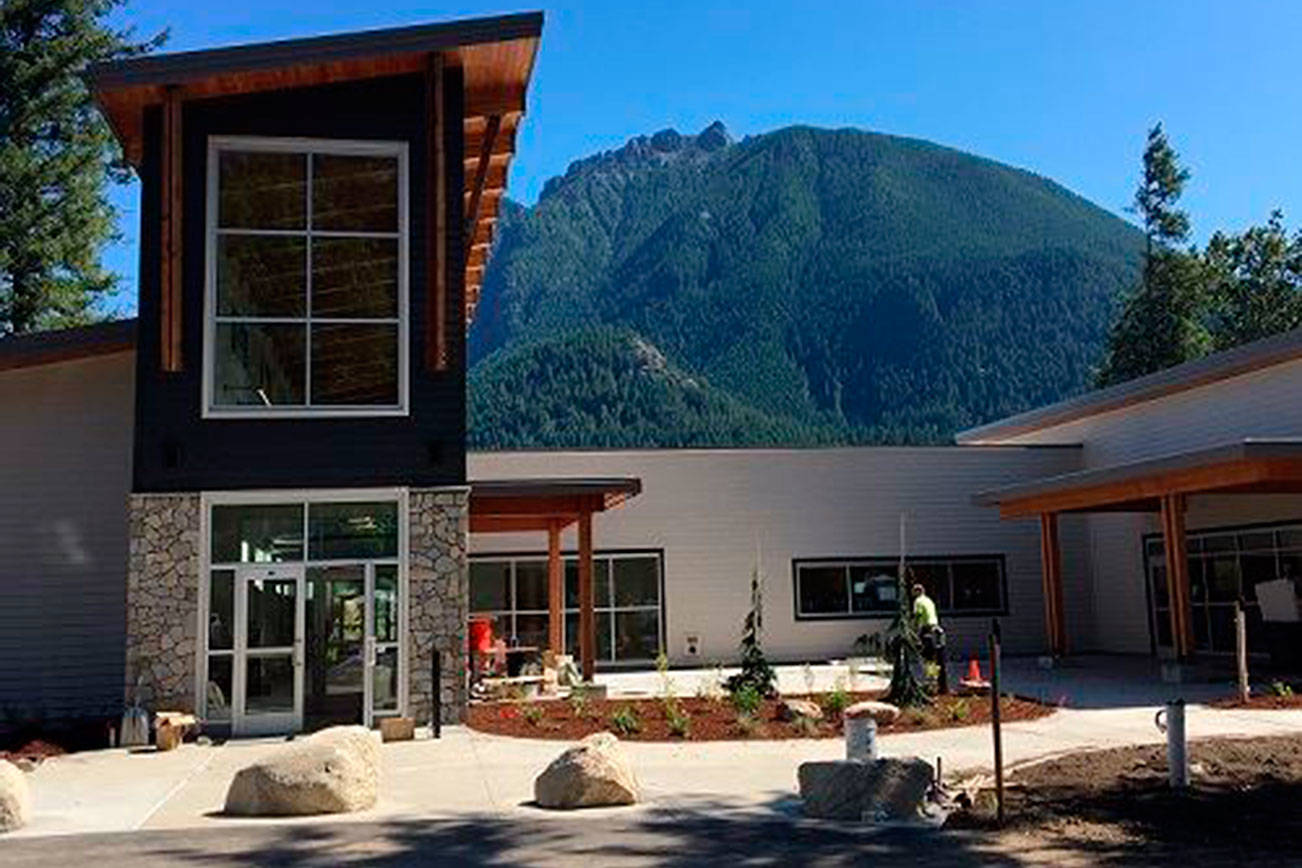North Bend’s downtown could be planned differently following approval a new set of building codes by the city council designed to increase middle-income housing while preserving the city’s character.
The city has historically operated under a zoning code, where certain uses like commercial or residential were allowed in certain areas. This was replaced by form-based code, which prescribes what buildings must look like, and how they mingle with pedestrians, traffic and other buildings.
The new code is meant to ensure new development is in similar scale and character to the city’s existing downtown area. The goal of the update is to energize the downtown as a destination while increasing overall supply of more affordable housing options. The city council voted to send the ordinance back to committee at its April 6 meeting.
The two different transects include a general urban zone, which consists of mixed-use but mostly residential units. It can include a wide range of building types. The urban center zone allows mixed-use buildings with retail, offices, rowhouses and apartments to match conditions that already exist within North Bend’s downtown.
“We feel that it’s a good place to start downtown, because it’s a mix of uses,” said Rebecca Deming, community and economic development director, said.
No changes in building height are planned. The downtown core will remain at a maximum of 35 feet. The buildings in the surrounding area for roughly two blocks to the east on North Bend Way, and for a half block west, and stretching down to the south will be allowed to reach 45 feet with setbacks on the top floor.
New buildings in the downtown core should pull architecture and landscape inspiration from the local climate, history and building practice, with an emphasis on mountain views.
Form-based code was created in Florida in 1982, but has been relatively slow to catch on the Pacific Northwest. The city of Covington is also considering a form-based code ordinance this month, and several cities in King County have already adopted similar measures for some neighborhoods, including Bothell’s downtown, Tukwila’s Southcenter and Mountlake Terrace’s town center.
Part of the reason why the Pacific Northwest has been slower to adopt these codes is its unique local context, according to the Municipal Research and Services Center. The region’s diverse terrain, lack of established and desirable development patterns and a desire for a broad range of architectural styles are all perceived as challenges.
Many cities across the U.S. rely on zoning principals that were established a century ago to separate industrial land uses from homes and apartments. North Bend’s current code isn’t unique either among its peers. After World War II, there was a massive flight to the suburbs, and single family homes sprouted across the country. The townhouses, courtyard buildings and fourplexes that were popular before the war declined.
North Bend has been considering moving to a form-based code since at least last fall.
Countywide, governments are looking for ways to increase housing stock. The King County Council has a goal of building or preserving 44,000 affordable housing units within the next four years. And while the mid-price housing in the North Bend proposal wouldn’t be affordable units, more stock is needed to address issues around housing affordability and homelessness.


